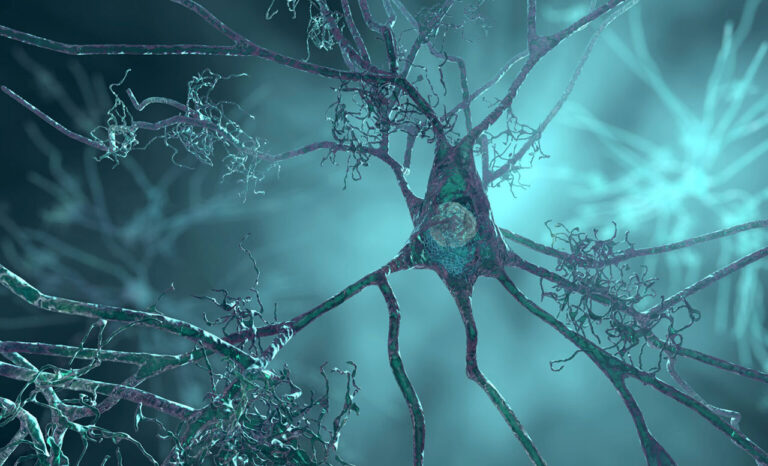
How Does It Begin?
Chronic inflammatory demyelinating polyneuropathy (CIDP) is a rare neurological disease in which a person’s own immune system attacks the fatty tissues around the nerve cells. These tissues are called myelin sheaths and they act as cushions to protect nerves from injury. Damage to these coverings can cause motor and sensory dysfunction such as muscle weakness and numbness. Unfortunately, the exact cause of CIDP and why it begins is still unknown.
Speak to an IVIG Specialist
Diagnosis
CIDP is usually difficult to diagnose because of its unknown origin. It can be mistaken with other disease states, especially Guillain-Barre Syndrome (GBS) since they both display similar signs and symptoms. However, CIDP symptoms last more than 8 weeks and there is no infection or genetic link. Healthcare providers can use three different tests to confirm diagnosis:
- Blood or urine tests
- A test called electromyogram to view the nerves and check for myelin damage
- Lumbar puncture
Can IVIG help?
Free IVIG Treatment Info | Difficulty In Diagnosing?What Type of Symptoms Does a Person Experience in CIDP?
Most common symptoms of CIDP include:
- Motor dysfunction, which is muscle weakness in the arms and/or legs.
- Sensory dysfunction, which is numbness and tingling in hands and /or feet.
- Autonomic dysfunction, which can include blood pressure and/or heart rate fluctuations.
REFERENCES:
- https://www.ncbi.nlm.nih.gov/pmc/articles/PMC3487533/
- https://www.hopkinsmedicine.org/health/conditions-and-diseases/chronic-inflammatory-demyelinating-polyradiculoneuropathy
- https://www.cedars-sinai.org/health-library/diseases-and-conditions/c/chronic-inflammatory-demyelinating-polyradiculoneuropathy.html












